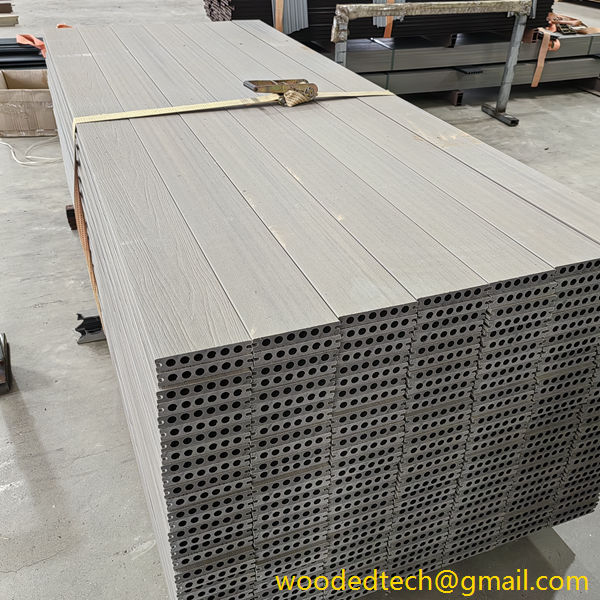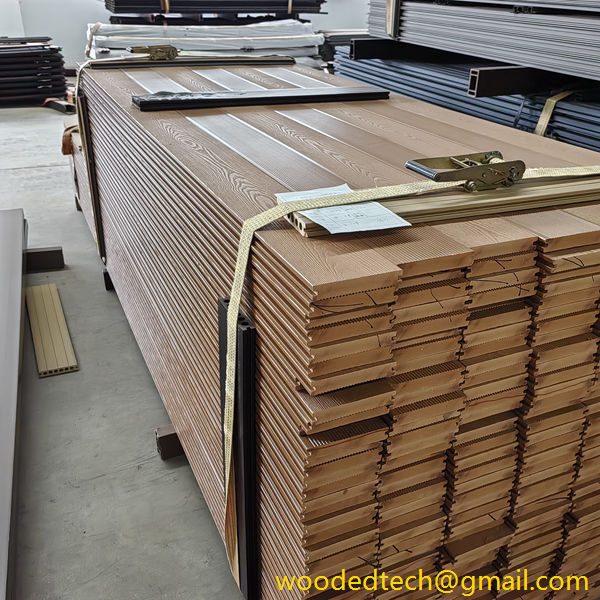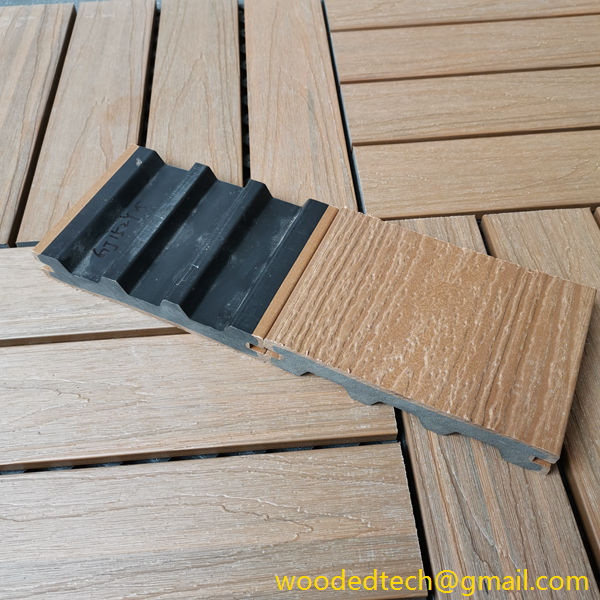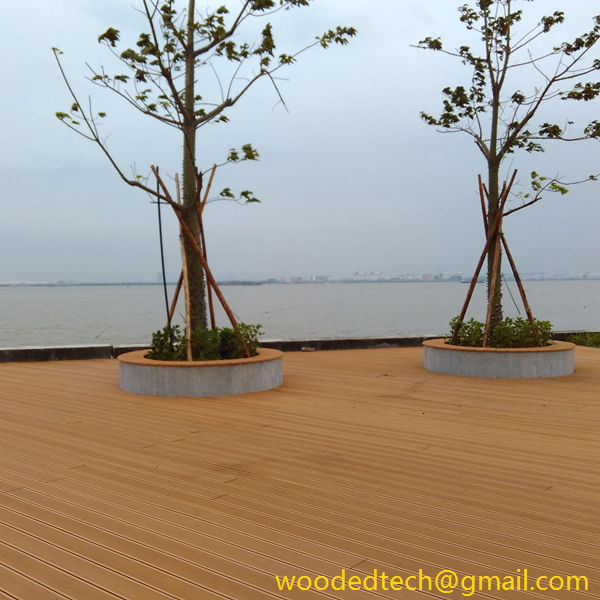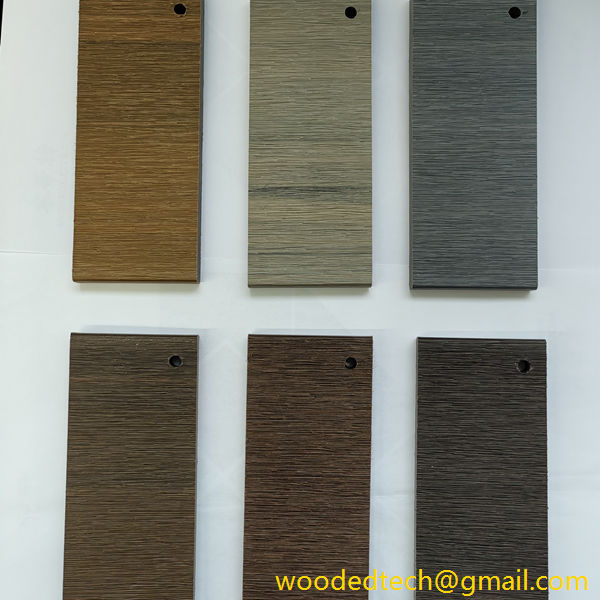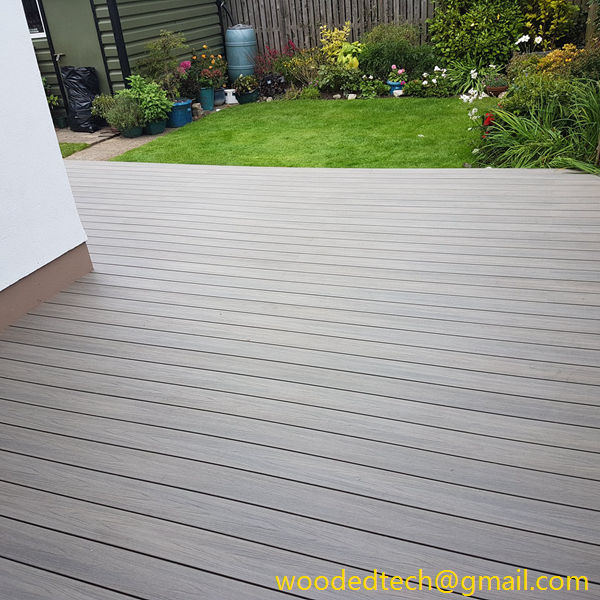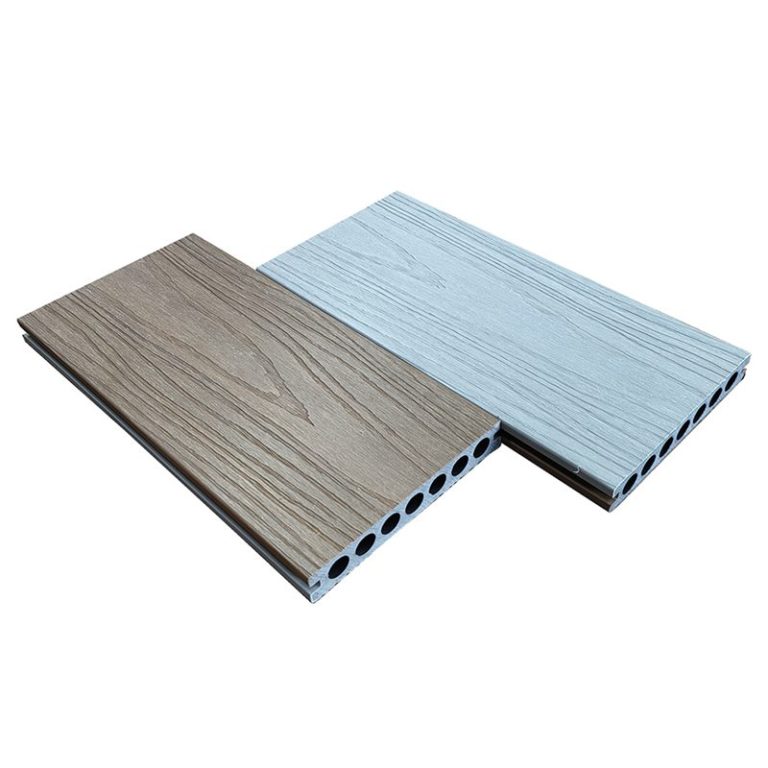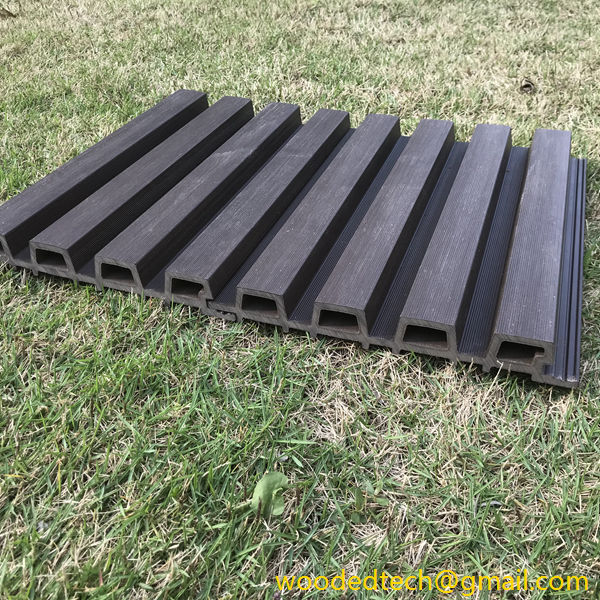Niet-afgedekte composietvloeren: Inzicht in de eigenschappen van composiet vlonders zonder afdekking
Vloeren van composiet zonder afdekking: Inzicht in de eigenschappen van composietvloeren zonder afdekking De laatste jaren is de vraag naar composietvloeren sterk gestegen, omdat zowel huiseigenaren als bouwers op zoek zijn naar materialen die esthetiek combineren met duurzaamheid. Van de verschillende soorten composietterrasdelen die verkrijgbaar zijn, heeft composietterrasdelen zonder omranding veel aandacht gekregen. Dit type terrasplanken, dat geen...
Niet-afgedekte composietvloeren: Inzicht in de eigenschappen van composiet vlonders zonder afdekking
In recent years, the demand for composite decking has surged, as homeowners and builders alike seek materials that combine aesthetics with durability. Among the various types of composite decking available, uncapped composite decking has gained considerable attention. This type of decking, which does not have a protective cap or layer, offers unique features and benefits that can make it an appealing choice for many outdoor projects.
To fully appreciate uncapped composite decking, it is essential to understand its composition and how it differs from capped alternatives. Composite decking is primarily made from a combination of wood fibers and recycled plastic. This blend results in a product that is generally resistant to rot, mold, and insects. However, the defining characteristic of uncapped composite decking is its lack of a protective outer layer. While capped composite decking features a hard, protective shell that helps resist stains and fading, uncapped decking relies on its inherent materials for durability.
One of the primary advantages of uncapped composite decking is its affordability. Because it lacks the additional manufacturing processes required to create a capped layer, uncapped composite decking is often more cost-effective. For homeowners on a budget or those looking to maximize their outdoor space without breaking the bank, this type of decking can be an attractive option. Additionally, the lower price point does not necessarily mean lower quality. Uncapped composite decking can still provide a long-lasting and visually appealing solution for outdoor areas.
Another significant feature of uncapped composite decking is its maintenance requirements. While all decking materials require some level of upkeep, uncapped composite decking is often seen as relatively maintenance-free in the later stages of its life. Because it is manufactured from composite materials, it does not require the same level of care as traditional wood decking, which can warp, splinter, and fade over time. Uncapped composite decking is resistant to many of these common issues, allowing homeowners to enjoy their outdoor space without the constant worry of maintenance.
However, it is essential to note that while uncapped composite decking is generally low-maintenance, it does require some attention to keep it looking its best. Regular cleaning is recommended to remove dirt, debris, and stains that may accumulate over time. This can typically be achieved with a simple soap and water solution and a soft-bristle brush. By maintaining a regular cleaning schedule, homeowners can prolong the life of their decking and ensure it remains visually appealing.
Another feature of uncapped composite decking is its versatility in design. Available in a wide range of colors, textures, and styles, uncapped composite decking can be tailored to fit various aesthetic preferences and architectural styles. Whether homeowners are looking for a traditional wood-like appearance or a more modern, sleek finish, there is likely an uncapped composite option that meets their needs. This versatility makes it an attractive choice for various outdoor projects, including patios, pool decks, and walkways.
In addition to its visual appeal, uncapped composite decking is also known for its slip resistance. Many manufacturers design their products with safety in mind, incorporating features that help prevent slipping, especially in wet conditions. This characteristic makes uncapped composite decking an ideal choice for areas exposed to moisture, such as around pools or hot tubs, where safety is a primary concern.
Environmental considerations are becoming increasingly important to many homeowners, and uncapped composite decking aligns well with sustainable practices. Since it is made from recycled materials, choosing uncapped composite decking can contribute to reducing waste in landfills. Additionally, the production of composite materials typically consumes fewer resources than traditional wood decking, making it a more eco-friendly option.
While uncapped composite decking has several advantages, it is essential to weigh these benefits against potential drawbacks. One of the main concerns associated with uncapped decking is its susceptibility to staining and fading. Without the protective cap found in capped composite options, uncapped decking may be more vulnerable to damage from spills, UV exposure, and other environmental factors. As a result, homeowners may need to be more diligent in cleaning and caring for their uncapped decking to maintain its appearance over time.
In conclusion, uncapped composite decking presents a compelling option for homeowners seeking an aesthetically pleasing and durable outdoor surface. With its affordability, low maintenance requirements, versatility in design, and eco-friendly characteristics, uncapped composite decking can be an excellent choice for a wide variety of outdoor applications. However, potential buyers should also consider the trade-offs, such as increased susceptibility to stains and fading compared to capped alternatives. By understanding the features and benefits of uncapped composite decking, homeowners can make informed decisions that align with their preferences and lifestyle, ultimately creating beautiful and functional outdoor spaces that can be enjoyed for years to come.

